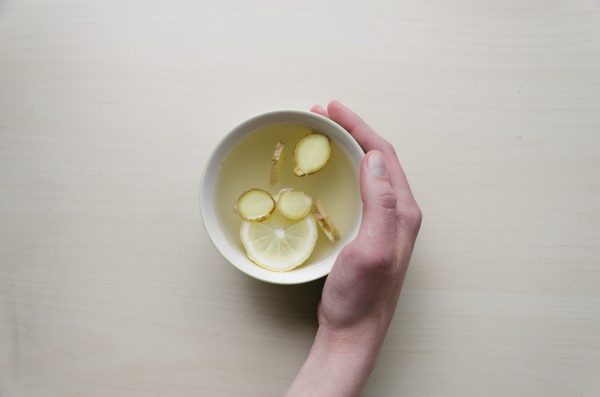The British’s love affair with tea is a well-storied romance that has stood the test of time. Whether you’re at home, sitting in your garden, or just finishing a late lunch at the revamped Soho Wala in Central London, most people will start looking to have a cup of tea at around three to five in the afternoon. Also known as afternoon tea or high tea, the habit is practically in our DNA. Yet despite this fact, many are not really sure when it began, with historians estimating that it started sometime in the 1700s.
What we know for sure, however, is that the habit only became widespread around the late 1800s. The initial popularity of high tea is attributed to Anna, the Duchess of Bedford, who wasn’t fond of the long wait between lunch and dinner. Suffering from “hunger spells” in between formal meals, she began ordering trays of tea, cake, and bread and butter in the afternoons, later sharing this practice with her fellows in the English aristocracy. From there, what began as an afternoon ritual between friends exploded into full-blown parties in the early 1900s, which included musicians, fine linens, special pastries, the best teas in the world, and a culture and market revolving around elegant cups and teapots.
As history teaches us, this process wasn’t entirely ethical, as the then-new British tea obsession only further fuelled the Empire’s aggressive expansion into the east. A dark history that is currently being chronicled in Tea, Trade, and Empire, at the revamped British galleries of New York’s Metropolitan Museum of Art. The exhibition also details how apart from tea, the East India Company also took chocolate, coffee, sugar and ivory from countries like China, the West Indies, and India —centuries of colonial rule and trade which has shaped much of the world today. Whether you like it or not, the reality is that British tea culture was responsible for not just innovative cultural and industrial growth, but systemic mass exploitation as well. As hard as it is to look back at this dark time in our history, it’s important to remember how the past shapes the present, which in this context can better allow us to avoid repeating the mistakes of the exploitative tea trade.
And while the British Empire has long been dissolved, the UK’s obsession with tea has only steeped deeper. Despite having only one company growing tea locally in the country, we continue to enjoy copious amounts of the good stuff on a regular basis. Gala Bingo points out that a third of our population drink five or more cups of tea a day. Furthermore, that sole local tea grower is the Tregothnan Estate, a Cornish company that recently came up with a Brexit Brew as a way of humorously coping with the country’s current socio-political woes. And after announcing its Brexit Brew, the Tregothnan Estate also announced plans to export its homegrown tea to China.
That is because we are not alone in our national obsession. Around the world tea culture also continues to grow and evolve. CNN‘s feature on artist Ruby Silvious details how the meticulous Filipino-American watercolour painter creates masterpieces on discarded teabags, using natural tea stains on her micro-canvases to explore bold, new artistic landscapes. And in Asia itself, from where tea culture originated, modern milk teas have exploded in popularity. They involve both traditional and new recipes that could easily be considered works of art on their own.
From traditional high tea with scones and modern milk tea concoctions, to meticulously hand-painted watercolour scenes on discarded tea bags, the UK’s and the world’s collective love affair with tea continues to flourish and grow. It has been an important part of our past and will no doubt be an important part of our future.



